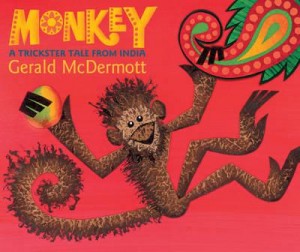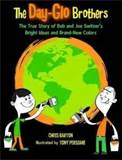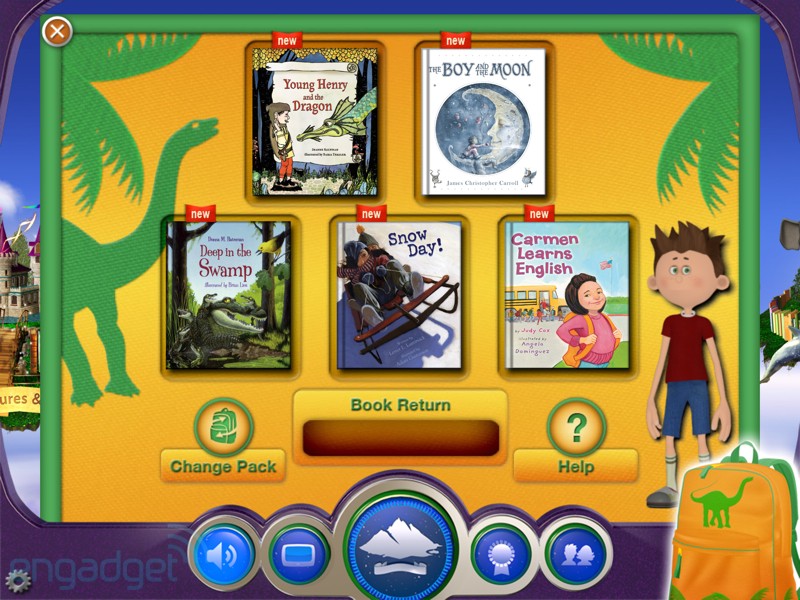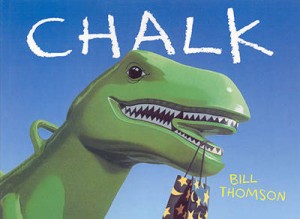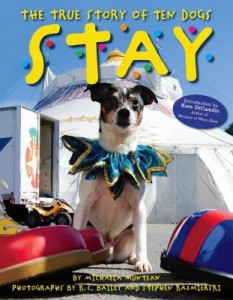It’s January, and is it just me, or are your kids more wiggly than a troop of monkeys, too? Here’s a book to get your kids monkeying around in a good way, and you’ll be teaching the Common Core State Standard of Key Ideas and Details.
Monkey: a trickster tale from India by Gerald McDermott is a beautifully illustrated Indian folk tale. (Reading folktales from different cultures is part of the Key Ideas and Details Standard for Reading Literature.) Monkey wants to get to the island in the middle of the river to eat the mangoes. Crocodile lives in the river and he wants to eat Monkey’s heart. How does Monkey get to the island without being eaten?
Before reading this book, ask your students how you might get across a river where a hungry crocodile lives. Compare, as you read, their suggestions to what Monkey does in the story. Then, teach your “monkeys” cooperative learning and problem-solving skills: give teams of students the same objects like a rope, a scooter, a beach towel, etc., and challenge them to get their entire team across the river (the playground or the gym) without touching the ground or the “water” where the crocodile could get you! To alleviate frustration and encourage learning from errors, if anyone does touch the ground, let the team start over, and brainstorm how to avoid that problem in the next go.
When you return to the classroom, encourage students to experiment with painting paper and cutting it to make cool collages, much like McDermott did for this book. An art activity, cooperative learning that gets kids moving, and a beautiful book – it’s more fun than a barrel of, well, you know!
For more about this Caldecott-winning author/illustrator, please visit geraldmcdermott.com.
